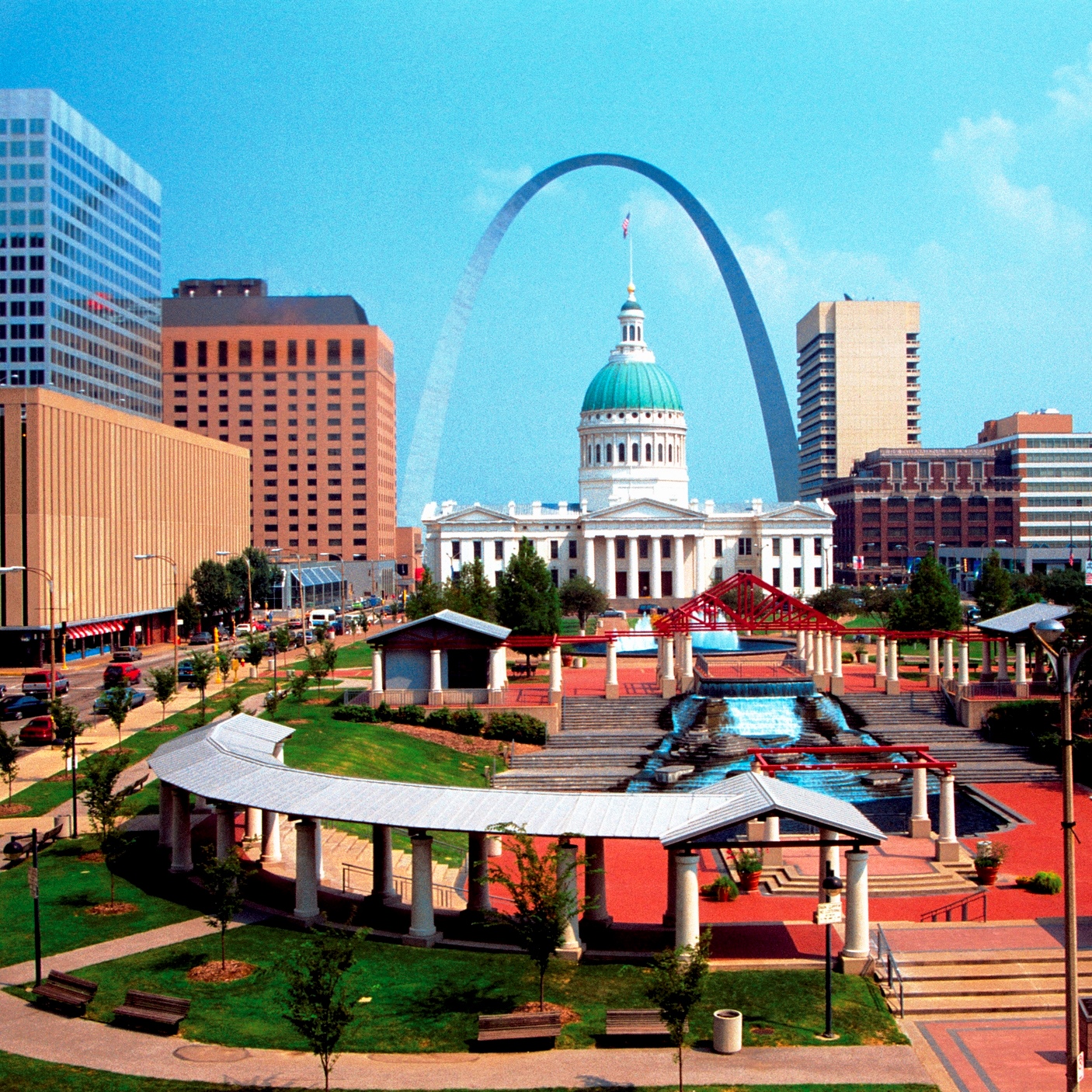Economy
St. Louis Fed Bullard Sees Rate Hike Coming, Followed by Nothing

Published:
Last Updated:

Over the weekend, 24/7 Wall St. released its Federal Reserve rate hike watch with an overwhelming chance for a rate hike in December, only to find another call for a rise in rates looking more likely from William Dudley of the New York Federal Reserve — and even Chicago Fed president Charles Evans talked up how inflation is nearing the 2% target and that the economy is expected to keep strengthening.
A third Federal Reserve speech was made on Monday by St. Louis Federal Reserve Bank president James Bullard. On Monday afternoon he spoke about the U.S. economy and monetary policy at the Arizona State University, W.P. Carey School of Business annual Economic Forecast Luncheon.
Bullard’s key view is that new policies being developed in Washington in the aftermath of the election could impact the current environment of low real interest rates on such safe assets as short-term government debt. Bullard’s presentation singled out three efforts being discussed by legislators in Washington. His view is that these have the potential to affect productivity growth and, therefore, real interest rates.
Bullard’s key three points are deregulation, tax reform and targeted infrastructure spending. While these are solid for economic building and are what might coincide with the stock market and yield rally we have seen since the election, the real issue is here — Bullard also explained his reasoning for recommending an increase in the Fed Funds rate of 25 basis points.
While this is a call to raise interest rates, Bullard specified that this would only bring the Fed Funds rate up to 63 basis points. This is still exceptionally low on a historic and nominal basis, and Bullard is not calling for a series of rapid rate hikes after the December hike. Bullard’s own notes showed that the FOMC is considering raising the policy (Fed Funds) rate to a somewhat higher level but his own view is that the Fed Funds rate path projection is much flatter than those of the rest of the committee.
Monday’s speech would still be considered somewhere between dovish and chicken-hawkish. Bullard remains in the low-real-rate regime stance. His presentation said:
When unemployment and inflation are near their respective longer-run levels, as they are today, the policy rate should be equal to the real rate plus an adjustment for inflation… Because we are in the low-real-rate regime, the St. Louis Fed’s policy rate recommendation comes out to a low number.
Bullard also believes that it is the markets which really set interest rates. This comes with a short-term caveat, but the presentation said:
While the Fed is thought to be able to influence real rates over short periods of time (perhaps a few quarters), real rates are determined by market forces over longer time periods.
Mr. Bullard even noted that safe real returns are likely to remain low. His presentation showed that it seems unlikely that the real rate of return on safe assets will return to its historical level over the next two years to three years — with the real rate of return on safe assets having been more than 180 basis points lower in recent years versus the 2001 to 2007 expansion.
Bullard went on to outline why real returns have been lower and why rates are expected to remain low. The big takeaway is that it sure sounds like he is ready to back a rate hike in December but then likely to want a wait-and-see stance for quite some time thereafter.
After two decades of reviewing financial products I haven’t seen anything like this. Credit card companies are at war, handing out free rewards and benefits to win the best customers.
A good cash back card can be worth thousands of dollars a year in free money, not to mention other perks like travel, insurance, and access to fancy lounges.
Our top pick today pays up to 5% cash back, a $200 bonus on top, and $0 annual fee. Click here to apply before they stop offering rewards this generous.
Flywheel Publishing has partnered with CardRatings for our coverage of credit card products. Flywheel Publishing and CardRatings may receive a commission from card issuers.
Thank you for reading! Have some feedback for us?
Contact the 24/7 Wall St. editorial team.